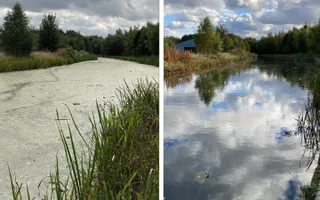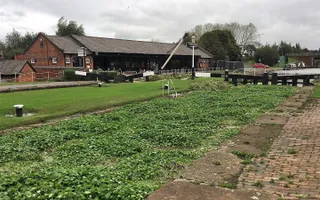Asian hornet facts
Scientific name: Vespa velutina
Family: Vespidae
Diet: Insects, including pollinators and spiders
Size: 2.5-3cm
Lifespan: One year
About Asian hornets
Asian hornets pose a significant threat to native insects, pollinators, honey bees, and UK ecosystems. The UK’s native European hornet is now endangered, partly as a result of being mistaken for its more aggressive cousin.
Asian hornets are active mainly between March and November. They’re more inactive over the winter when the queen hibernates.
You might see them on flowering plants or around beehives and rotting fruit. The National Bee Unit have been monitoring Asian hornet sightings since they were first recorded in the UK in 2016. They aim to eradicate the invasive species while protecting our native European hornet.






